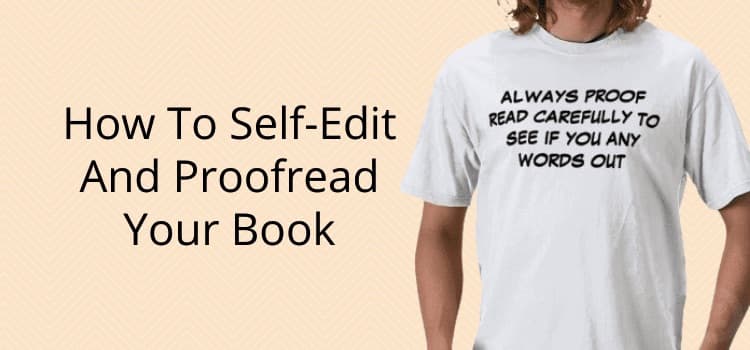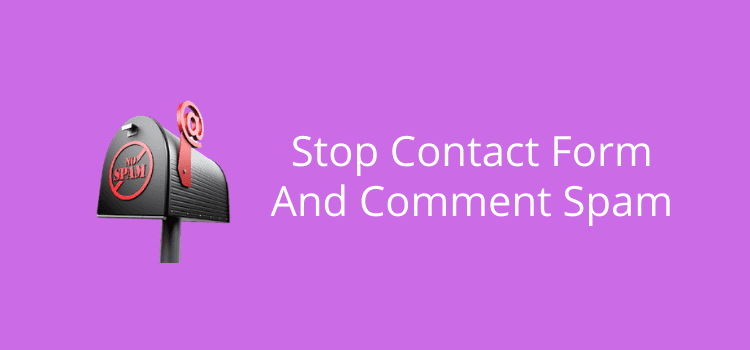
Self-publishing may be an inexpensive way to publish a book. But you always need to proofread your book.
Without thorough proofreading and editing, your book could turn out to be an embarrassing disaster.
There’s nothing worse than readers telling you about spelling, grammar, and punctuation errors they found in your book.
Or worse, that your fact-checking wasn’t accurate.
Professional proofreading is expensive
Hiring a reliable and professional proofreader or editor, while a wise move, is expensive.
Charges range considerably from $0.02 per word for proofreading and $0.03 and upwards for editing.
For a 100,000-word novel, you could be looking at a sum in excess of $2,000.
There is just no escaping the necessity of having an independent pair of eyes at least proofread your book before publishing.
But you can save yourself a lot of money and embarrassment by doing some of the work yourself.
However, our brains function in an odd way that can make it difficult to find errors in our writing.
Here are a few ways I have found that work effectively.
This is not to say that you will achieve perfection.
But I guarantee you will be stunned by the number of errors you find.
Try these tips.
How to start your first self-edit and proofread
A thorough check with your word processor’s spellchecker is the obvious place to begin.
Make sure you set your document to your desired form of English. Analyze each found word carefully, and don’t just skip through your text quickly.
Also, look for words around the found words. Mistakes often congregate due to your level of concentration when you were writing.
Then use the inbuilt grammar checker on a separate pass of your document.
Check every error carefully.
But again, look at the whole sentence and make sure all your agreement is correct.
However, the grammar checker in Word is basic.
There are other options you can use.
Because I use a Mac, I also copy my Word documents into Apple’s Pages program, as the ‘Proofreader’ function is very useful.
Another option is to use an online grammar checker to help you find many more errors, corrections, and suggestions to improve your manuscript.
1. Use Find in your word processor
‘Find’ is your friend. The find function in your word processor is the best tool for finding problems in your document.
Think about common grammatical errors such as its and it’s, there, their and they’re, were and where, if and of, and well, you know which ones the spellchecker can’t find. So go hunting.
Also, use ‘Find’ for annoying double spaces between words.
Another use is to check all of your characters’ names.
It’s so easy to get names like Ann or Anne, Cathy or Kathy, Jeffrey or Jeffery wrong when you are writing.
I have often found that I have used the wrong character’s name spelling by this method.
2. Read backward
Proofread your book backward. It may sound silly, but your brain concentrates on the story when you read, so proofread out of order.
Perhaps the last chapter first, or proofread a printed chapter and mix up the pages.
Breaking up your book helps you to concentrate on only the text.
Another way I have found is to convert my book, or parts of it, into .mobi format and load it onto my Kindle.
For some reason, errors really stand out when it looks like the finished product.
You can use a program called Calibre to convert Word to Kindle.
I also put a copy on my wife’s Kindle, and she always finds more errors.
You can highlight the errors on your Kindle. Then you can go back and correct your original manuscript.
3. Take a break
The last and I think the most valuable tip is never proofread or edit unless you have had a break of at least a few weeks from writing your manuscript.
Your head is full of ideas at the creative writing stage, so your brain does not want to be critical.
It’s still too much in love with your story to find fault.
Proofreading requires a lot of concentration and is time-consuming.
But you can do it when you separate yourself from the story.
4. Read out loud
You might want to find a quiet place to do this.
Reading your writing out loud can help you identify many errors.
These might include awkward phrasing, repetition, or grammar mistakes.
It can also help you hear how your writing sounds and identify areas that need improvement.
5. Find a friend
Now that you have completed a thorough proofread and edit, it’s time to find someone independent to proofread for you.
A friend, spouse, son, or daughter is fine to help you proofread your book.
However, they are rarely critical enough, but any second pair of eyes is valuable.
But if professional services are too expensive for your project, at least you know you have tried your best to improve your book.
Then when you are ready to publish, think about reading it just one more time before you hit the publish button.
I bet you’ll find a few more errors and typos that you’ll be so happy you discover – that your readers will not.
Related Reading: Is None Singular Or Plural? Here’s How To Get It Right




How do you convert your word book into a mobi format? Do you have an article on that?
Do a search on the site for – convert to mobi
You’ll find a few articles on the topic.
I WISH I had done this before printing 1k copies!! Oh well ! Live and learn. I still got the movie deal!! Jamylah and the Giants
Thank you for the tips! There are one or two tips I hadn’t thought about.
Sincerely Yours,
Barbara J
Another helpful method is to use Word’s text-to-voice option. Have the computer read your book to you out loud. The intonations are often off – it’s a computer, after all – but it is an easy way to find the places where you missed or repeated a word, where a sentence doesn’t read ‘right’ and other errors that automated grammar helpers just won’t catch.
Nothing beats constant vigilance and double/treble checking and reading. And, as advised above, take a break from your m/s. You’ll be surprised by how many tiny mistakes you’ll find after you think it’s perfect! And, don’t forget, Professional editors, and printers make mistakes too now and then, but you can only worry so much… Letting another GOOD writer, or two, read your work also helps a lot. Be optimistic!